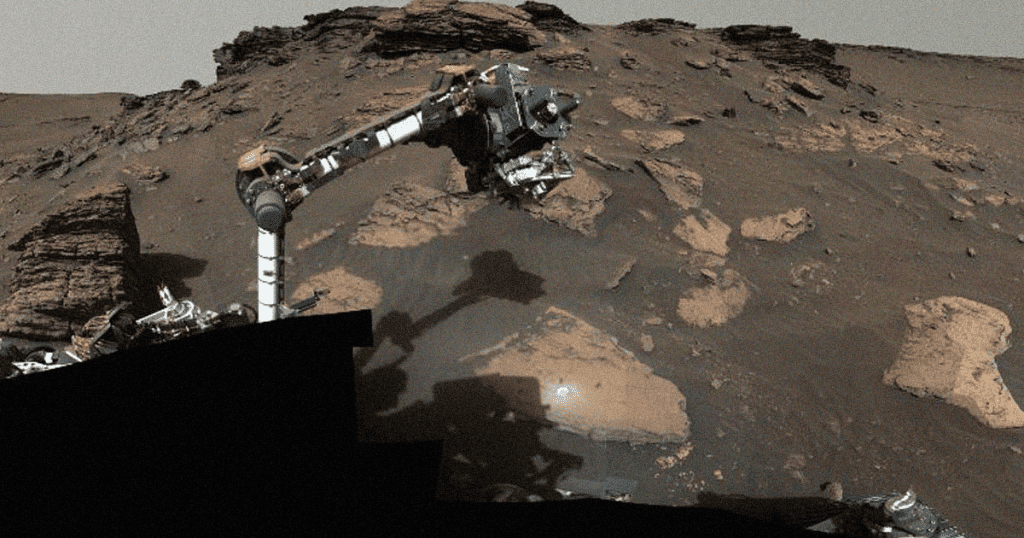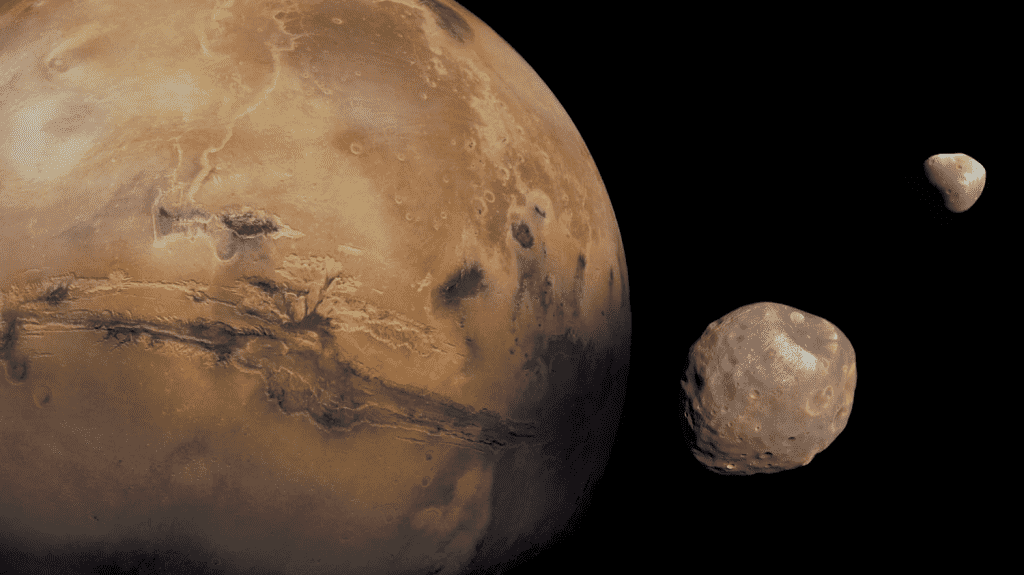This time around, the Mars Insight Lander of NASA has made a strong comeback by detecting the meteoroid impact on Mars through its sensitive seismometer. This is the first time ever that NASA has released an audio recording of a meteoroid impact that occurred on another planet. The Insight Lander has nailed the task by detecting not just one, but four impacts of the meteoroids colliding with the Martian surface. The impacts have been recorded in the form of audio, which you can listen to here. In addition to this, NASA also uploaded a video on its YouTube channel in which it explains the whole incident regarding the meteoroid impact that happened on September 5.
NASA’s Insight Lander has been deployed on Mars since 2018 and is effectively controlled by the authorities, but the recent meteoroid impacts were somehow unexpected. It should be noted that the first of the four impacts of meteoroids was detected back in September 2021, in which the meteoroid was smashed into three big pieces and left behind some marks on the planet. However, behind this breakthrough, scientists at NASA have made great efforts and also conducted a research study regarding how they became successful in detecting the impact seismically and sonically. Nonetheless, the study has been published in the journal “Nature Geoscience”.

Coupled with this, in response to the detection, scientists at NASA have departed the Mars Reconnaissance Orbiter to the red planet in order to capture some photos of the marks (craters) that have been caused by the impact. In a recent release by NASA, it says that the team became successful in capturing colourful and zoomed pictures of the craters through their High-Resolution Imaging Science Experiment camera (HiRISE). However, a science writer, Corey Powell, tweeted by saying, “Strangely, it’s more like a ‘bloop’ than a ‘bam!'”

On the other hand, the lead author, Raphael Garcia, said in the release, “Impacts are the clocks of the solar system. We need to know the impact rate today to estimate the age of different surfaces.” Hence, all these impacts will provide better details to the scientists to further explore such possibilities and to trace out the history of these impacts on Mars as well.


